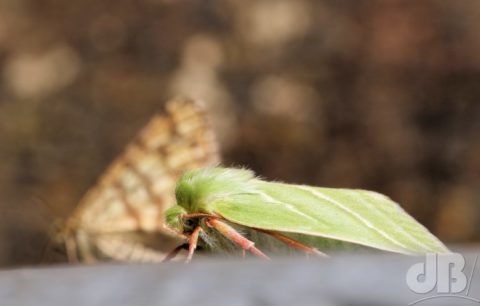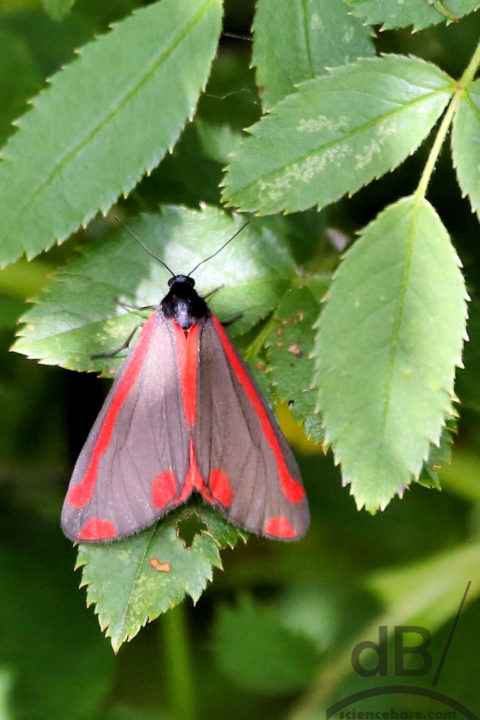
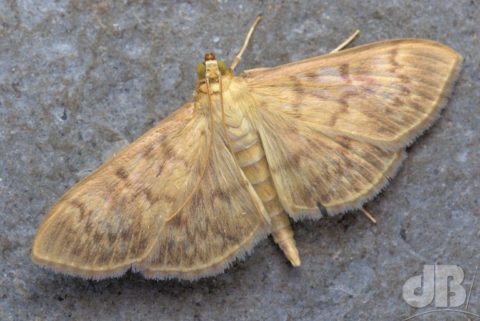
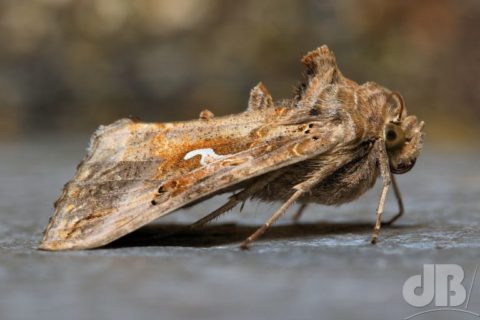
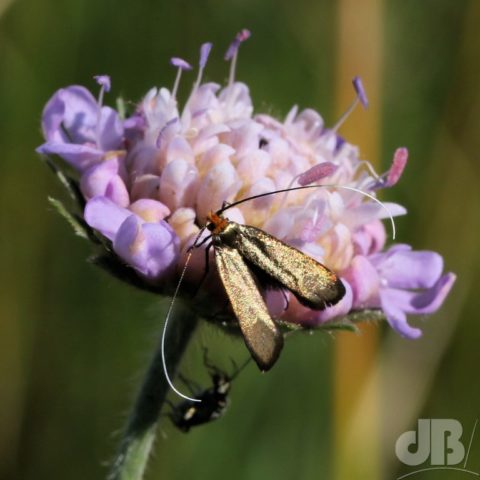
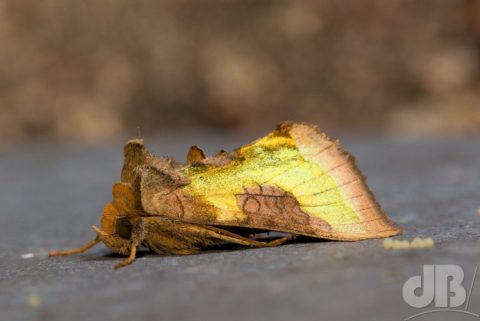
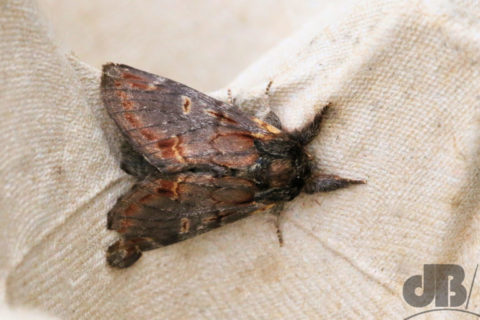
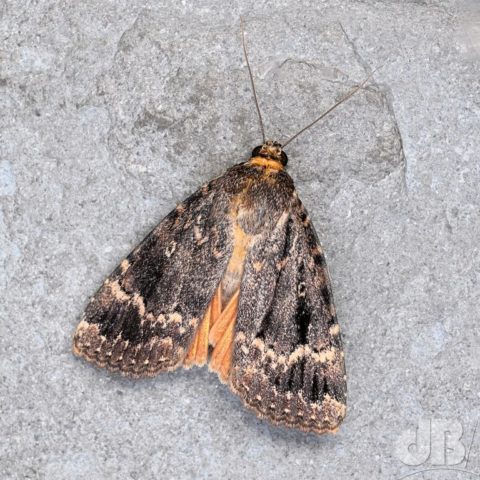
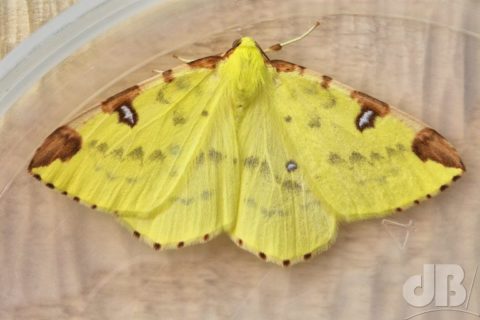
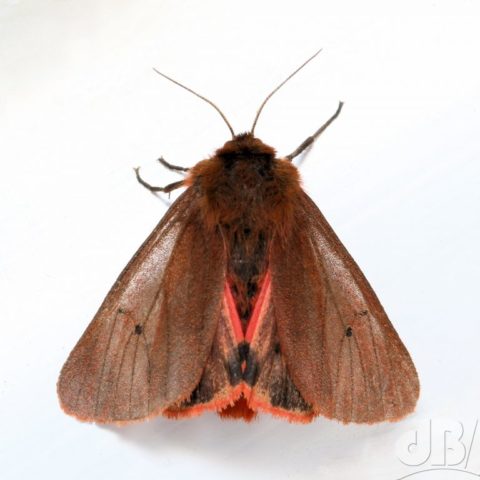
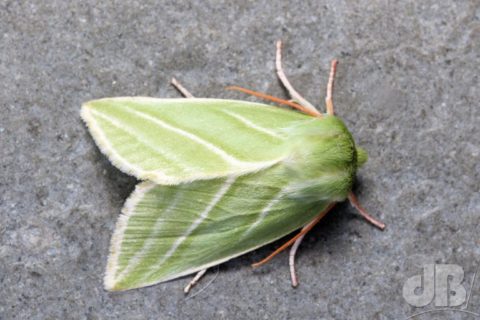
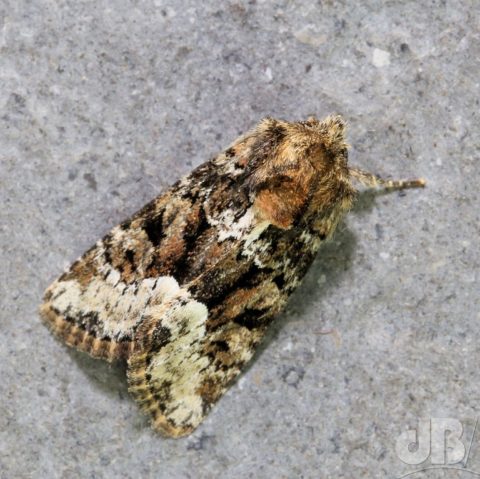
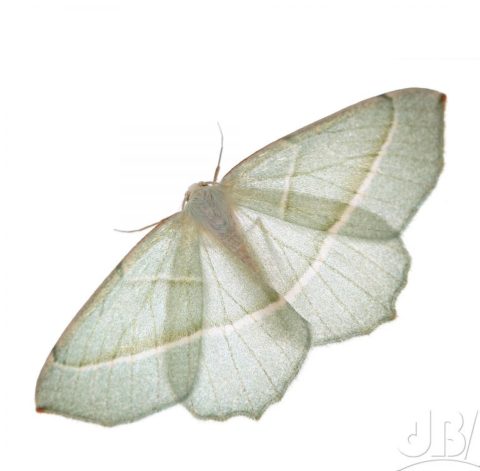
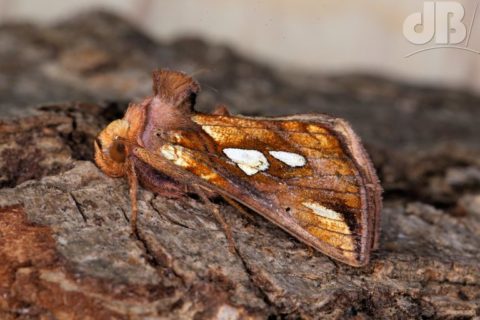
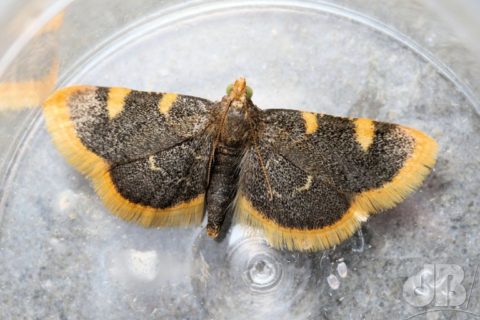
36.2055 years in science communication
Moth Matters – lepidoptera, moths, butterflies, Mothematics, the moth trap, mothing, #TeamMoth #MothsMatter














I’d heard rumours of a new moth in town…I say town, I mean the countryside in and around the counties of Bedfordshire and Hertfordshire. It’s one with dark, but patterned forewings, and a crimson blush to its hind wings, which are often hidden from view when the moth is at rest. Not to be confused with the Red Underwing (which are “everywhere”), this is quite a rarity this far north (Cambridgeshire, Vice County 29, VC29)
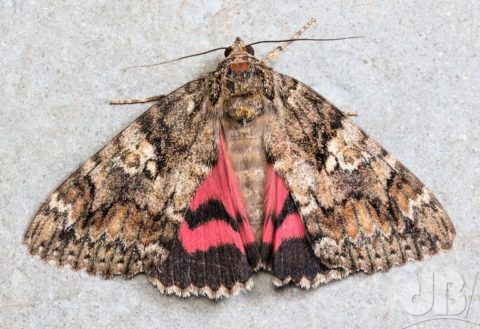
The Dark Crimson Underwing, Catocala sponsa (Linnaeus, 1767), is usually found the southern-most county of mainland England, Hampshire and in the New Forest where it lays its eggs on the bark of old oak trees. But, it’s been heading northwards for a while and, like I say there were sightings in neighbouring counties to ours, Cambridgeshire and as it turns out in Cambridgeshire itself.
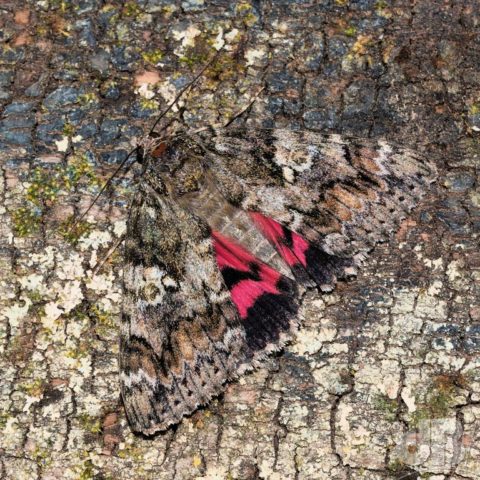
Crimson hindwings aside, pretty well camouflaged against a lich-encrusted barkI didn’t know about any Cambs sightings when one turned up to the 40-Watt actinic lure overnight on a sultry 11th August and roosted until morning among the cardboard egg cartons. I must add it arrived with 300+ other moths about 40 different species. But, the DCUW was the most splendid. I shared the sighting with an envious County Moth Recorder who is based a little further north in Ely and mentioned it in passing to a few other people, some were impressed others pointed out that they’d had one too in their mothing either last week or the week before.
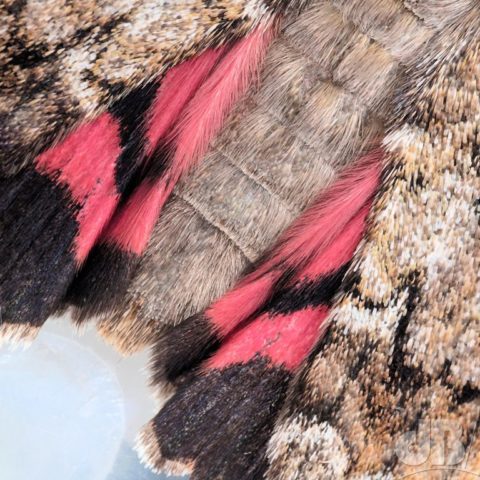
One of the people I mentioned it to was C5 bassist Roger B. I was lamenting to him that in the absence of big game safari in the British Isles the birds and the Lepidoptera are the next best thing. He’s a bit of a fan of moths too and pointed out that I should perhaps have a more positive attitude to my hobbies. Everyone knows what an elephant looks like, he said, but not many people know what a Dark Crimson Underwing is. So, bonus points all round.
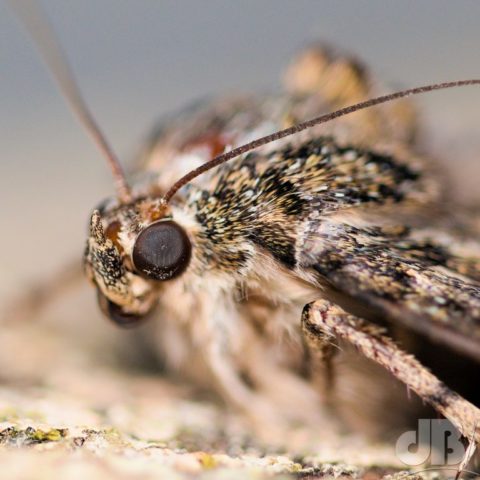
If you’ve been with me on Instagram for a while, you might be thinking, oh I know this one, he posted the quiffy little beggar a few weeks ago.
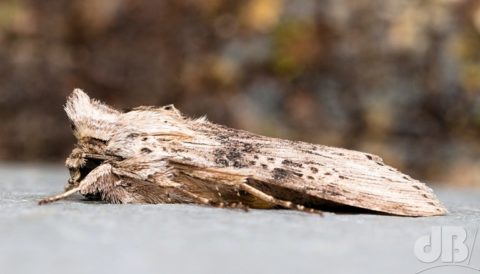
Well, you’re close, but no cigar, the previous lepidopteral quiffmeister was The Shark, this is the closely related Wormwood, Cucullia absinthii.
As its name would suggest its larvae feed on wormwood (and mugwort) and the adults have evolved to resemble the seedhead of that type of plant. You’ll notice the “absinthii” of its scientific binomial, which refers to the wormwood plants scientific name Artemisia absinthium, which is used to make the Green Fairy drink, absinthe.
#macro #macrophotography #nature #photography #naturephotography #insects #insect #photooftheday #perfection #captures #macroworld #naturelovers #instagood #wildlife #moth #mothsofinstagram #photo #macrophoto #brilliance #wildlifephotography #closeup #90mm2.8 #tamron #canon #teammoth #mothsandbutterflies #mothidentifacation #mothsmatter #ukmoths #savebutterflies #wormwood #absinthe
The Gypsy Moth Lymantria dispar (Linnaeus, 1758) is perhaps the archetypal moth, browns and greys enormous protuberant antennae in the male, lots of high-frequency flapping, and definitely drawn to a candle…or in this instance, an ultraviolet, actinic lamp.
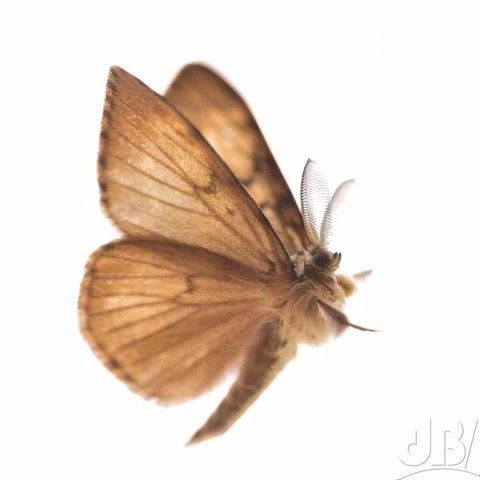
I remember seeing images of this creature in nature and science books when I was a child along with the caterpillar (larva) of the Puss Moth, the one that looks like it’s got a face painted on its rear end. I also remember being quite perturbed seeing images of such creatures close up, something about their seemingly alien nature when compared to the more usual faces of mammals and fish even that you see in children’s nature books.
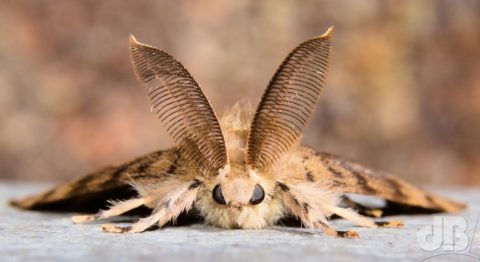
The Gypsy Moth was common in 19th century in the East Anglian and Southern Fens, but was extinct as a breeding insect by the turn of the century. It remains a major pest of deciduous trees in mainland Europe and elsewhere and there are now colonies in London and southern England. The family name, Lymantria, means tree destroyer.
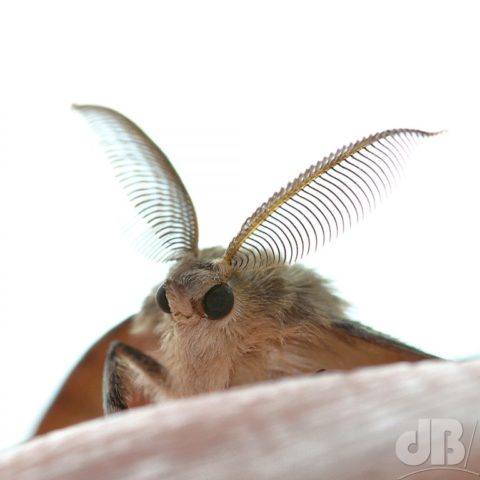
It is impossible to know whether this male specimen drawn in by my actinic lamp is a vagrant from the mainland carried in ahead of a forecast heatwave from the South East or whether it is part of a local population. The females are a lot bigger and not so agile on the wing. Intriguingly, the miniscule larvae are dispersed on the wind like seeds.
In North America, there is a call to rename the Gypsy Moth to have a less socially sensitive name. The suggestion is that it should be referred to by an English version of its French name, the Spongieuse, which alludes to the spongy mass of eggs laid by the females, so the Spongy Moth.
Sean Foote is a marvel. Over on Twitter he responds to tagged tweets from people who have photographed a UK moth or two and would like to know what species of moth they have. I’ve used his services on numerous occasions often to confirm an identification, but more often when I simply didn’t have a clue as a relative n00B moth-er. It’s an entirely free service although users can “buy him a coffee” here as a mark of appreciation.
He keeps records, as you would, and publishes details of the most requested identifications, he’s also got a nice Top 100 with tips on how to identify some of the more ambiguous Lepidoptera. I’ve compiled a list of the Top 40 here. Don’t forget to leave a tip for him if you find them useful.
We visited Somerset in the summer of 2019 despite neither of us being fans of cider. We stayed on a beautiful part of the county’s north coast and did a lot of walking and visited a few nature reserves in the hope of seeing bird and insect species we might not commonly see in Cambridge where we live.
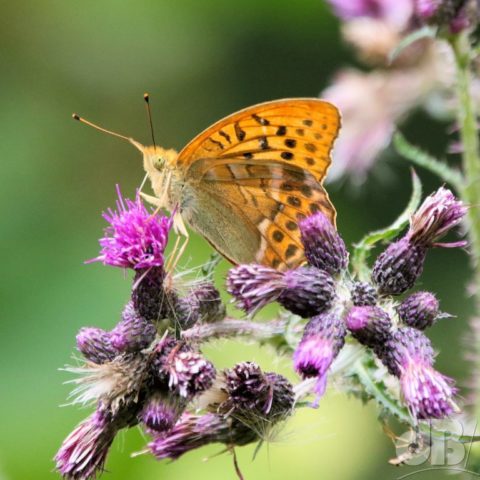
The Silver-washed Fritillary, Argynnis paphia, was one of the Lepidoptera I hoped to photograph. The species is widespread over the South West and Ireland (see here) and we saw several on flowers in the gardens of a cafe we visited after a five-mile walk. Spotted them only after I’d taken off my walking boots to cool my feet, so I was painfully tiptoeing over their gravel walkways to get a close-up.
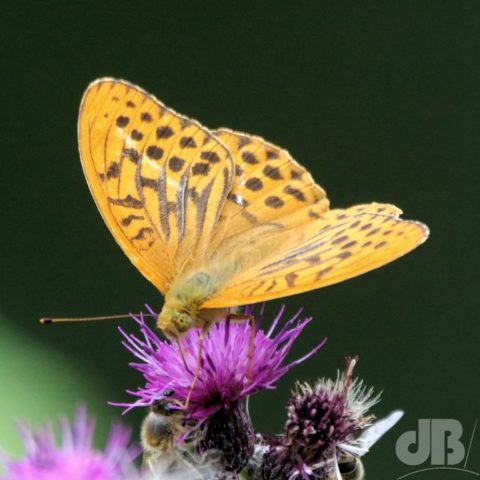
Turns out the butterfly’s range extends all the way up to Cambridge, so we needn’t have gone that far if “ticking” that one species had been the sole aim of the trip. Yoga buddy Celia sent me a photo of paphia she had snapped in Hayley Wood Nature Reserve just west of Cambridge earlier this week.
So, on Friday I drove the 13 or so miles to this Wildlife Trust reserve with the aim of getting some new snaps of the species. I tramped up and down its empty footpaths for two or three hours. I passed one other person, a jogger, the whole time I was walking and then saw a Dad with his two teenage kids when I was at the top of the reserve’s observation tower.
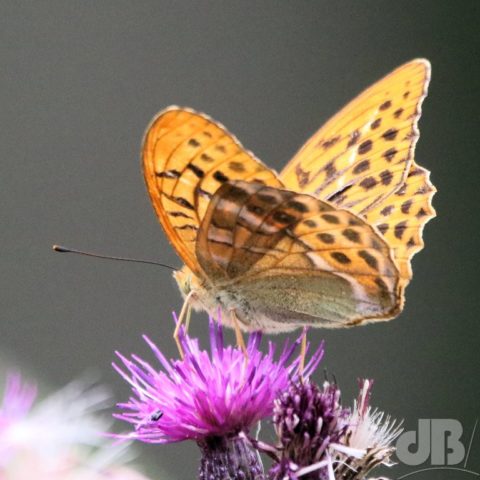
Anyway, I had seen very few birds, various butterflies (Comma, Meadow Brown, Peacock Red Admiral, Ringlet, Skipper, White (Large and Small) and having sat at the top of that tower was packing up my camera kit and readying to head home when I spotted a Hummingbird Hawk-moth flitting about among the fallen branches at the foot of the tower. This is the first one I’ve seen in this country since two of them were feeding on our Red Valerian in our back garden last September. Anyway, camera out, again…moth photographed.
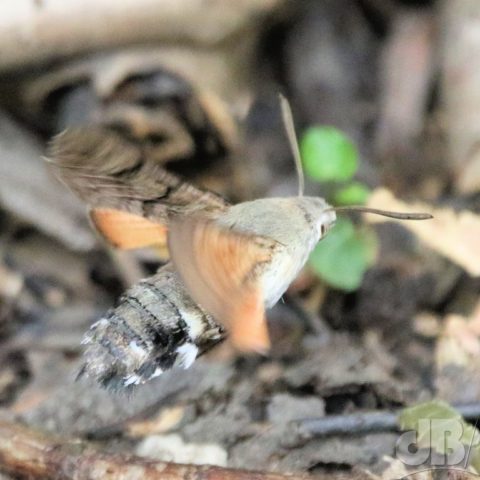
Heading back to the car I took a 90-degree detour up a narrow and somewhat narrow footpath, which is when I spotted the first paphia of the day…and then another. They were too quick for me to raise my camera and get a shot, disappearing as they did into the overgrown foliage. I doubled back, maybe it’s a favoured spot, I thought…and thankfully it was indeed, another appeared, perched on a leaf, happy to be photographed at the requisite three metres of my 600mm zoom. Then another two.
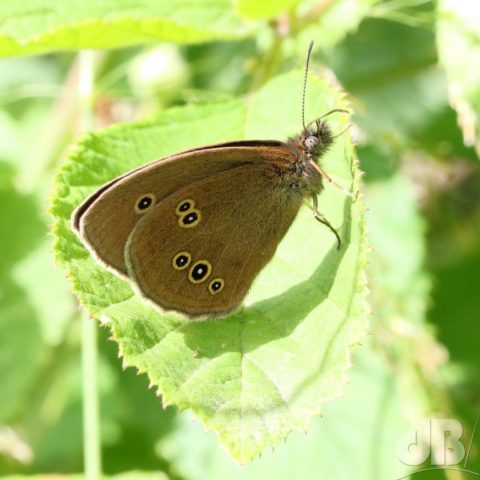
Unless the butterflies had also doubled back, I hazard a guess that I saw five in this spot within the space of twenty minutes. I only ever saw two simultaneously, so it is possible there were actually between two and five.
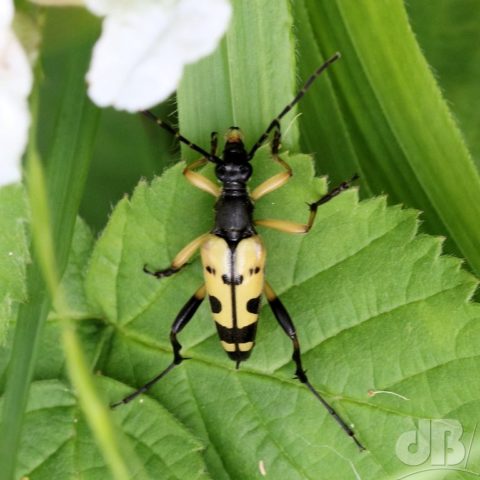
The silver-washed fritillary butterfly has black spots on deep orange wings, and can be about 50 to 70 millimetres across when wings full open. The males are a little smaller and paler than the females. The name is derived from the character of the underside of the wing which is green with “artistic wash” silver streaks instead of the silver spots seen on other fritillaries. The adults feed on the nectar of bramble, thistles, and knapweeds, all of which were present lining the footpath.
Lots of Blackcaps and Wrens calling in the woods, but didn’t see much avian activity until I got back to the car, Whitethroat and a Red Kite overhead, quite low.
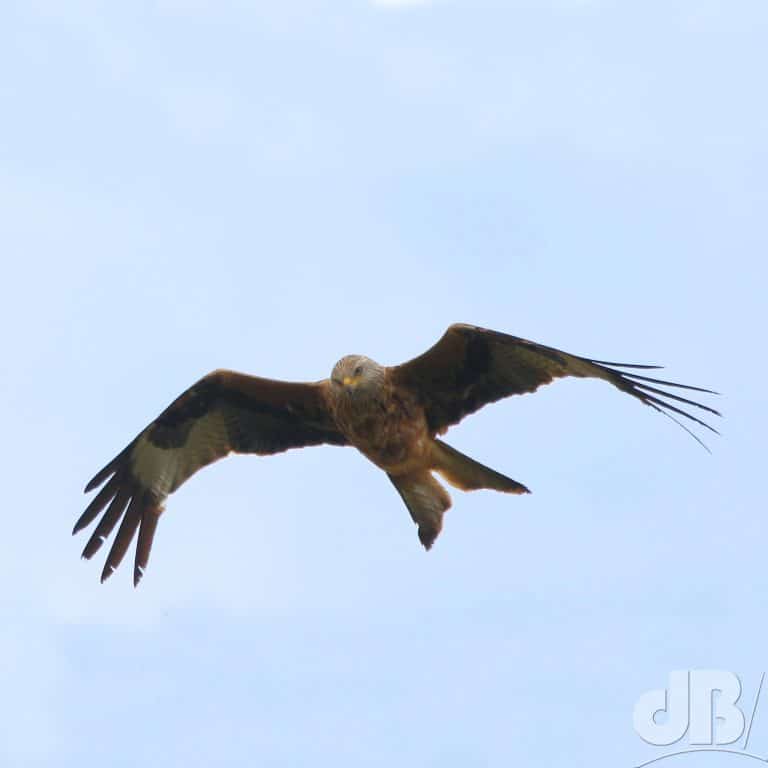
Obviously, it’s not really Part 96vii/d (that’s just one of my perennial jokes). I think it’s probably the thirtieth or so post of moth garden safaris though…these are some of the varied species that made an appearance in the garden last night, drawn to the ultraviolet lure. My garden list is almost at 350 different species, there are some 1800 species in the British Isles overall, so still a long way to go and some species will never been seen in this little corner of England.
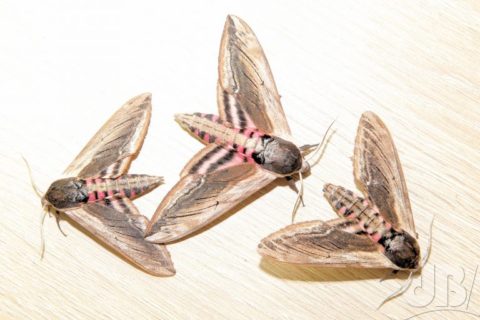
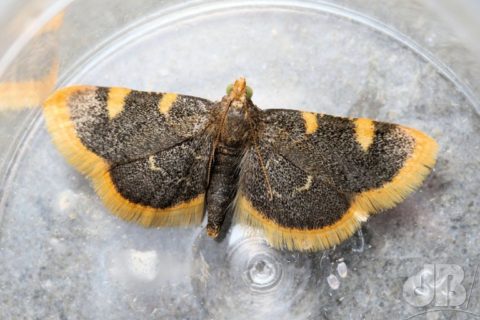
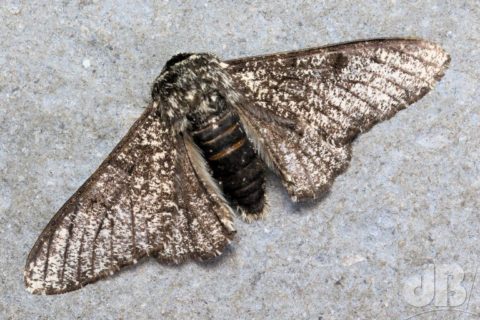

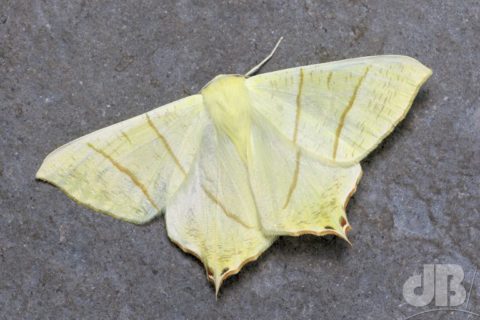
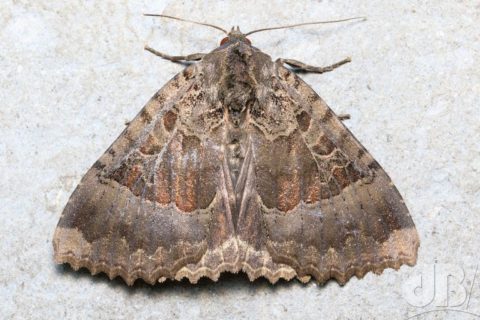
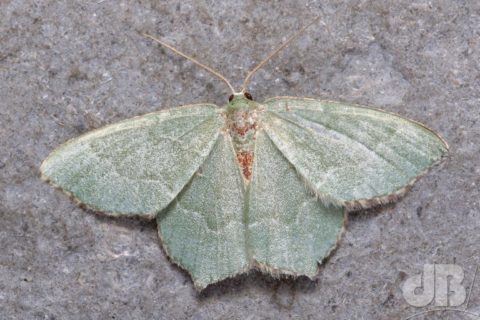
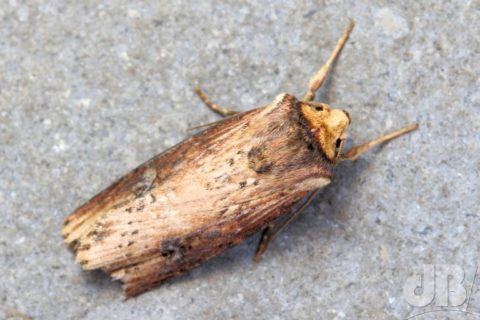
Again today, just seemed to be two Brassy Longhorns, Nemophora metallica, dining on the Field Scabious on the Cottenham Lode today. There are dining partners in several of the shots
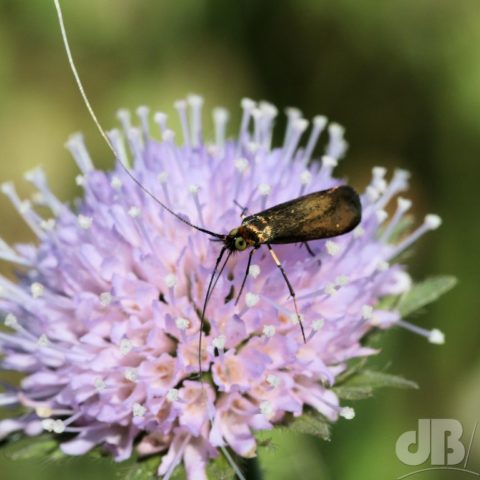
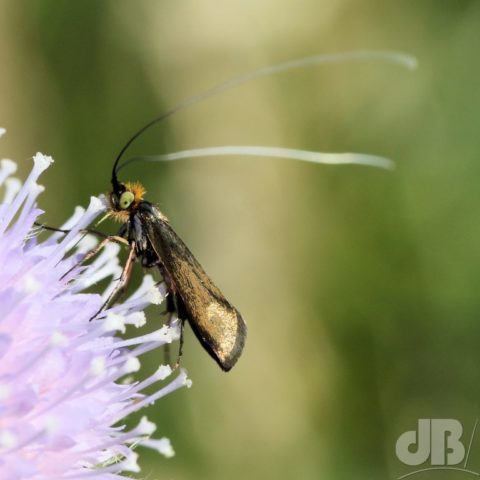
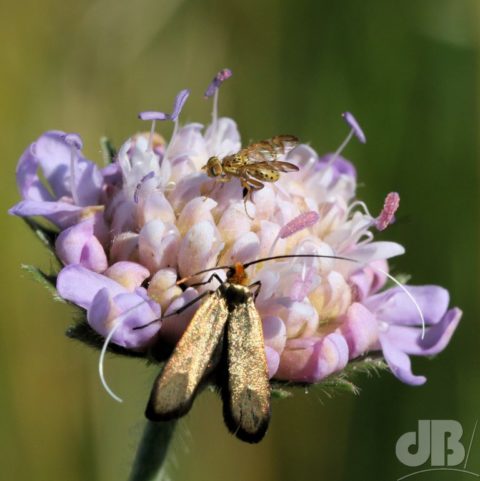
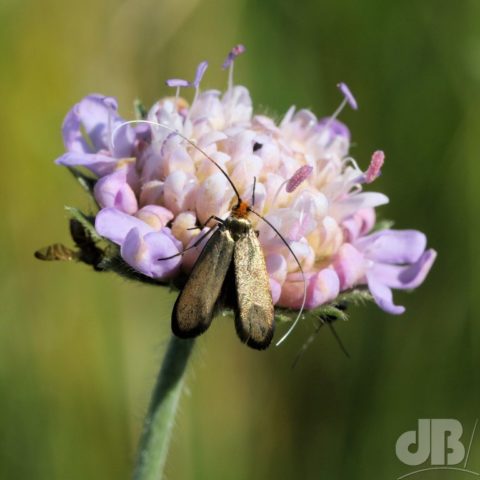

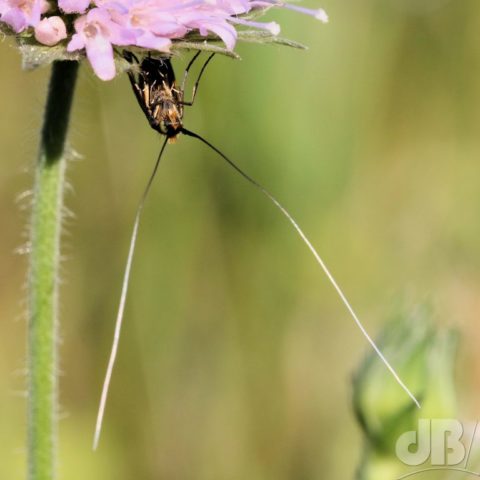
Thankfully the people who have mowed the upper part of the bank (for some unknown reason) didn’t trim the scabious…
Sciencebase readers who also partake of my Imaging Storm website will know already that the moth season has taken off. Night-flying leps are coming to the ultraviolet lure at a rate of knots now; 120 specimens of 60 different species last night (night of 23rd June 2020, logged on the morning of the 24th, many of them NFY (new for the year) and some even NFM (new for me, or as some moth-ers do ‘ave it, NFG, new for garden).
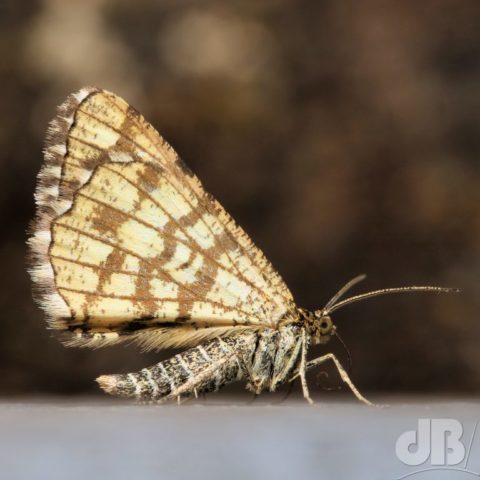
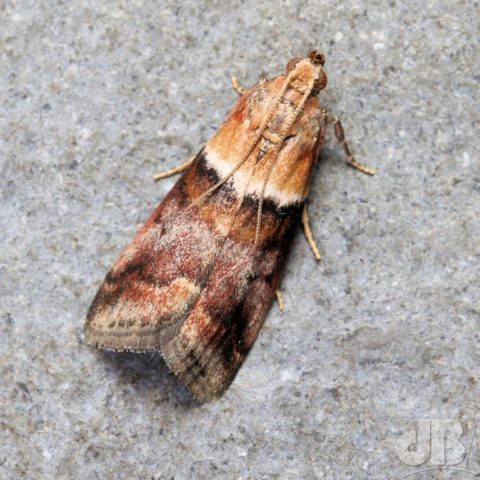

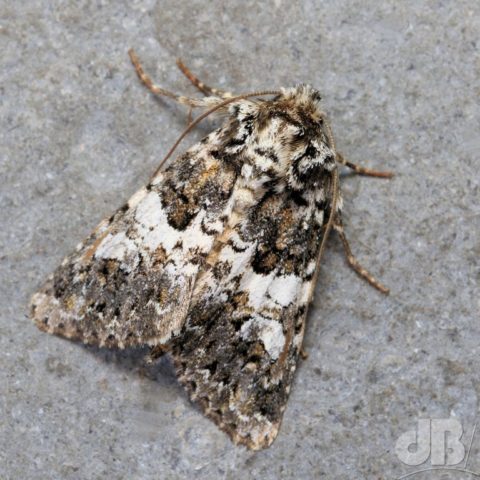
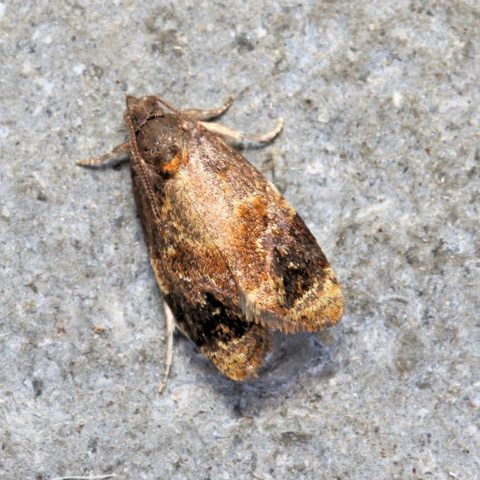
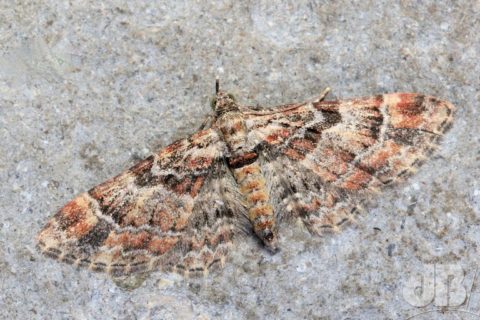
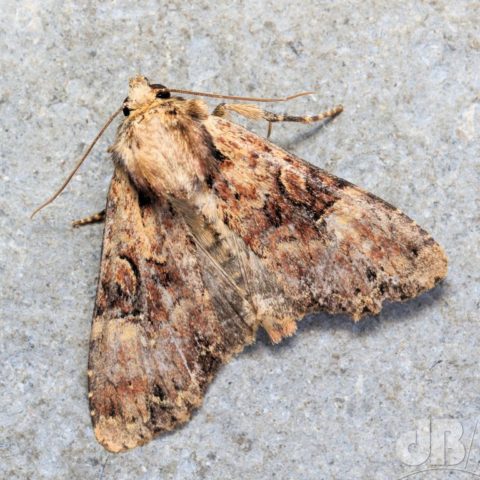
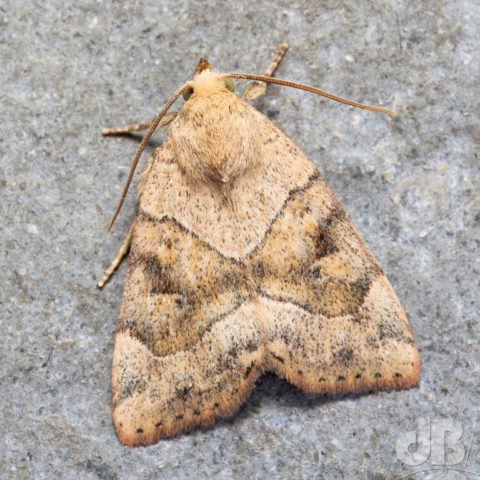
For those who like the stats there have been 20 species NFM in 2020 so far, most of them in the last week. I have no photographed almost 350 moths mostly in the garden, but one or two on field trips (holidays and camping trips) where the opportunity arose. 2000 specimens logged and many photographed so far in 2020.
Metallica are performing out on The Fens – The Brassy Longhorns, Nemophora metallica, feeding and presumably breeding on the Field Scabious growing on the west-facing bank of one of the local fenland drainage ditches known as the Cottenham Lode.

TL:DR – There are numerous green moths, they have evolved to mimic leaves and so evade predators through a simple camouflage mechanism. Green Silver-lines is a lovely example of a green moth.
Some moth names are just so obvious. This member of the Lepidoptera is mostly green and has silvery lines on its wings, hence Green Silver-lines. It’s scientific binomial is a little more cryptic, Pseudoips prasinana.
